How to Zest a Lemon (and Grate Other Stuff, Too!)
If you’ve ever used a Microplane zester, then you know it’s not at all mysterious or difficult (and you probably can skip reading this, you old pro!).
But for those of you who feel a little baffled when you see recipes that require zesting (like our decadently amazing Blueberry-White Chocolate Muffins or our Citrus Quinoa and Chickpea Salad), here’s the quick-and-easy scoop:
First, consider investing in a Microplane zester. We’re not big fans of buying loads of special-use, unnecessary kitchen gadgets, but a good zester is worth its weight in golden lemon peels. It gets the job done perfectly and super fast!
These zesters were originally designed as woodworking rasps (whatever that is!), and some chefs used to buy them at hardware stores before they were available in kitchen stores – no kidding!
Now you can buy a good zester pretty much anywhere that sells kitchen gadgets, for about $10-$15.
They’re also handy for finely grating nutmeg, ginger, garlic, chocolate or hard cheeses like parmesan. Just follow along with our instructions for zesting a lemon (without worrying about the pith!). Another added bonus: we just toss ours right in the dishwasher, so cleanup is a snap!
Ok, so back to citrus …
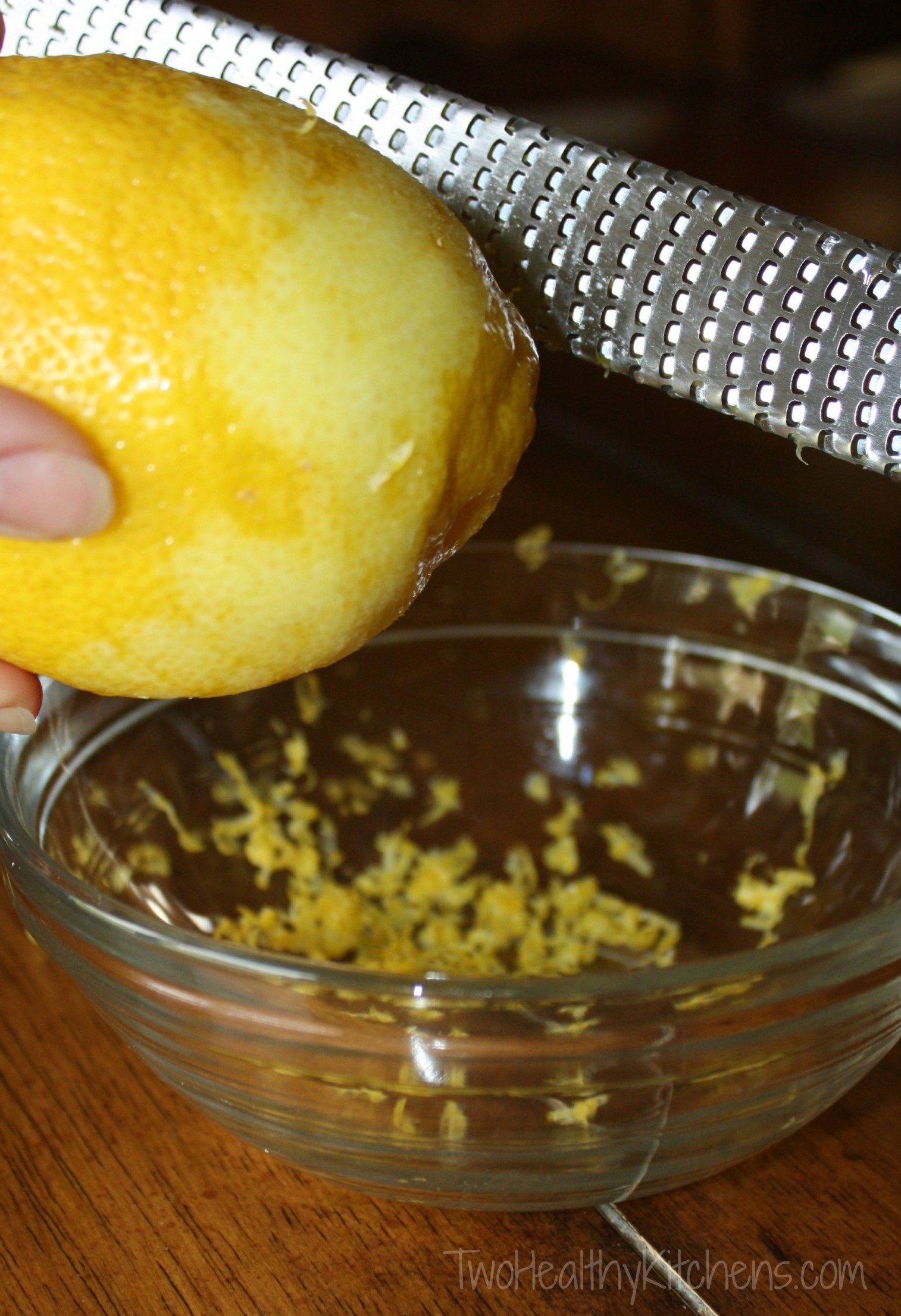
Hold the fruit firmly, keeping your fingertips and knuckles far away from the sharp little notches on the zester. Seriously, guys – be careful – this unassuming little kitchen tool is a lot sharper than it looks! (Even fruit ninjas fear these things!) Just rub the fruit gently across the grooves, pushing against the sharp edges and away from the handle.
Make sure you have a bowl or wax paper underneath to catch the zest. (Also, don’t forget to pause for just a moment and take a nice, deep breath of that gorgeous citrusy smell perfuming your home – ahhhhhhhh!)
Now here’s the most important part: DO NOT ZEST TOO DEEPLY! You want to get only the very thinnest layer of colored flesh but not the white pith right underneath. The pith tastes like … ummmm … pith … which is sharply bitter and not at all delicious! Just skim that zester across lightly!
Be sure to check under the zester – there will be some perfectly delicious zest hiding there! Carefully scrape that out into your bowl – don’t wash it down the drain!
Once you have enough zest for your recipe, be sure to wrap the remaining (now mostly naked!) fruit in plastic wrap or seal it in a tightly closed zipper bag – it’ll dry out quickly otherwise. It’s best to use the juice within a few days – so start brainstorming delicious recipe ideas now!
If you end up with a lot more zest than you need (or if you get extra lucky and snag a great deal on lemons at the farmers’ market) you can zest to your heart’s content and freeze the extra in a zipper bag. Then, just pull out what you need, when you need it!
Problem solved!

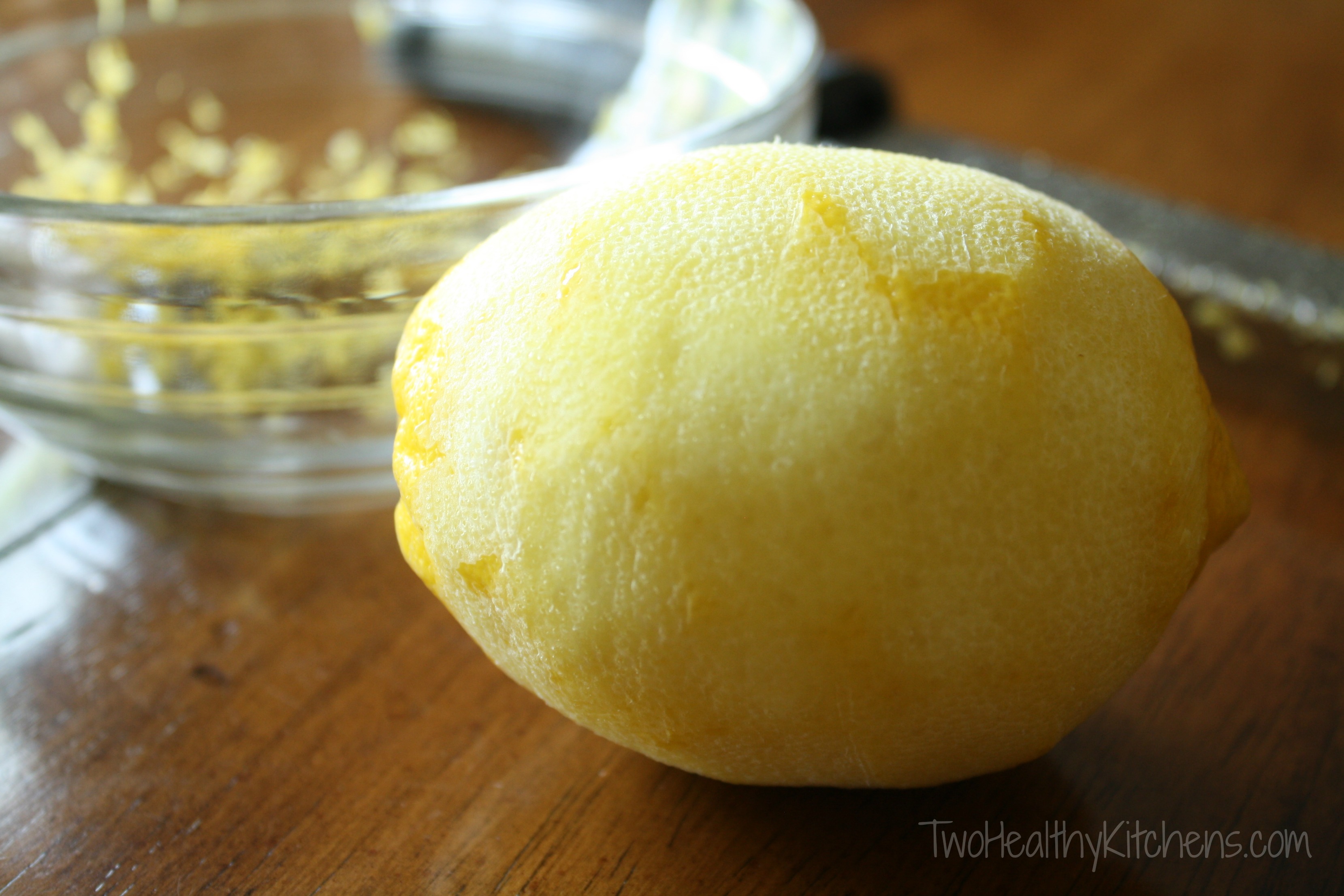
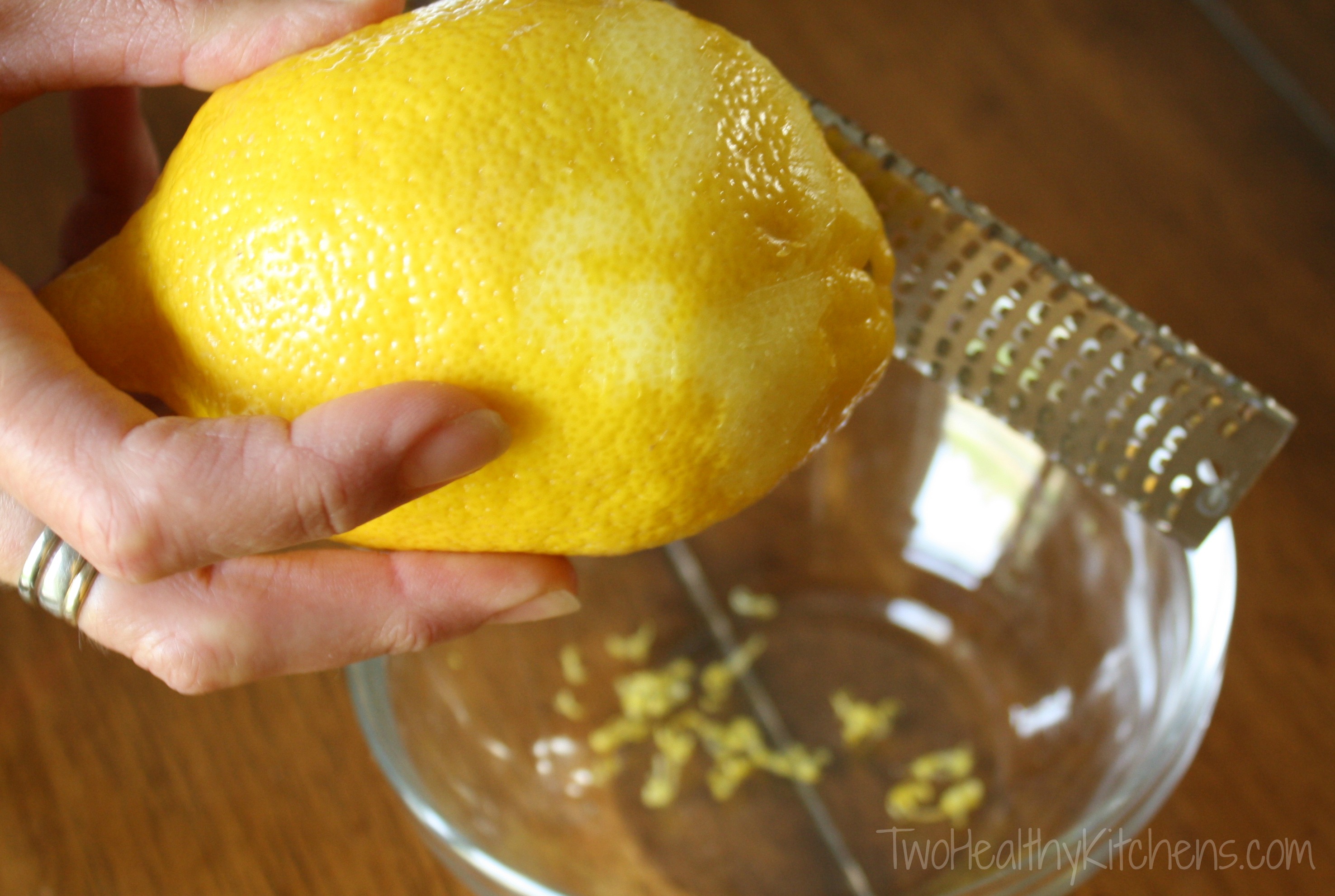
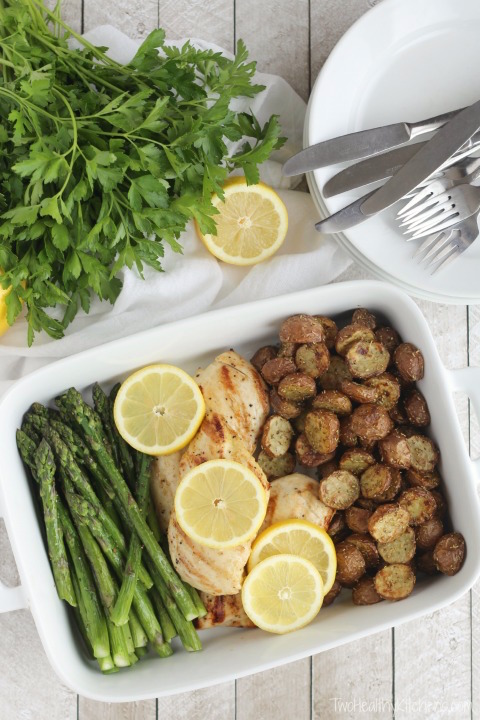
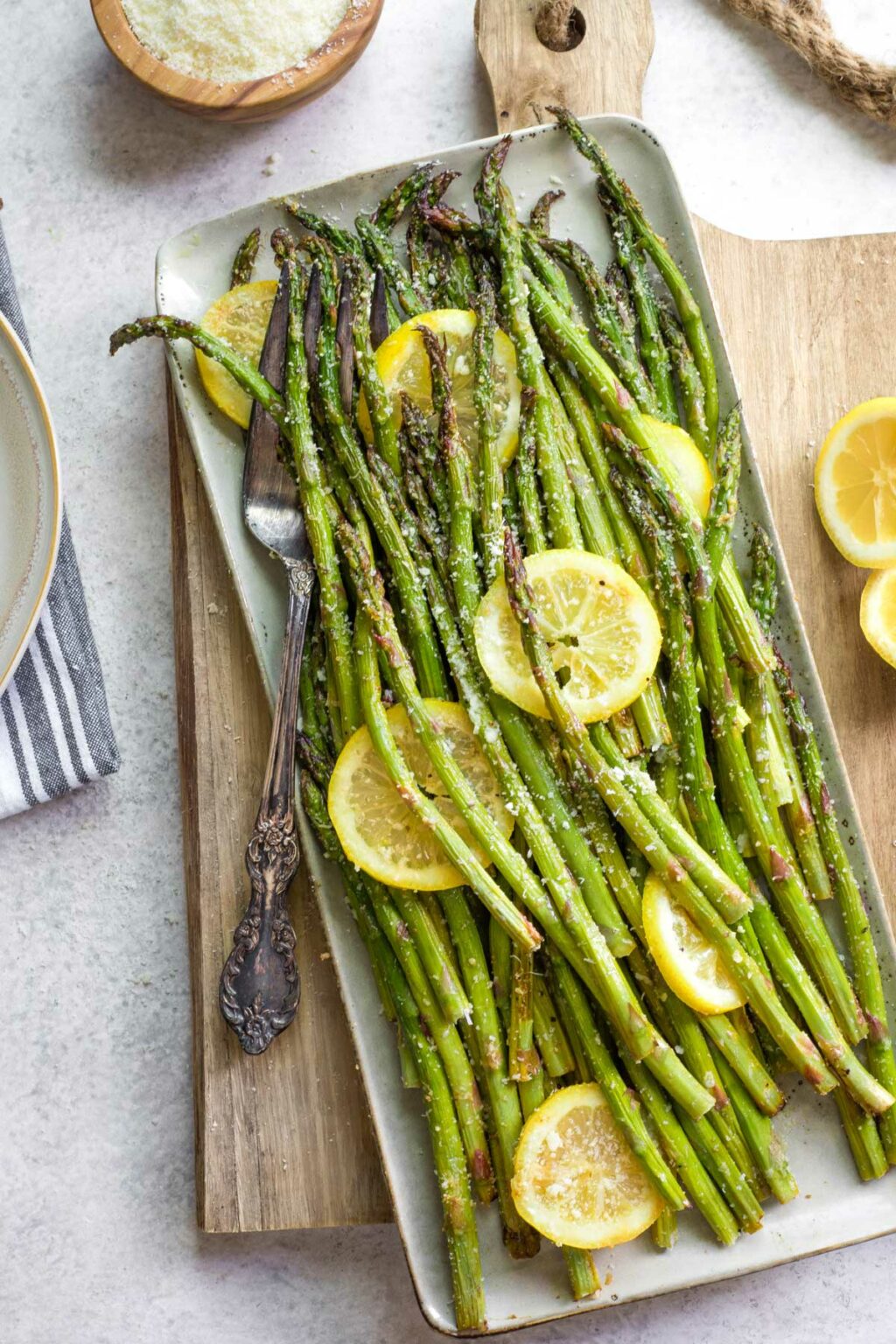


A caution: Clean out the underside of the zester carefully. Running your finger under the curved edges can result in a nasty cut. Thank you, Tallmadge Mom, for my birthday zester; if only it could peel off the birthdays as easily as it peels off the zest from citrus!
A birthday zester! I feel like there must be a joke about having a “zesty birthday” hidden in this story somewhere, but I’m just gonna walk away – no doubt it would be a BAD joke!!! 😀 ~Shelley